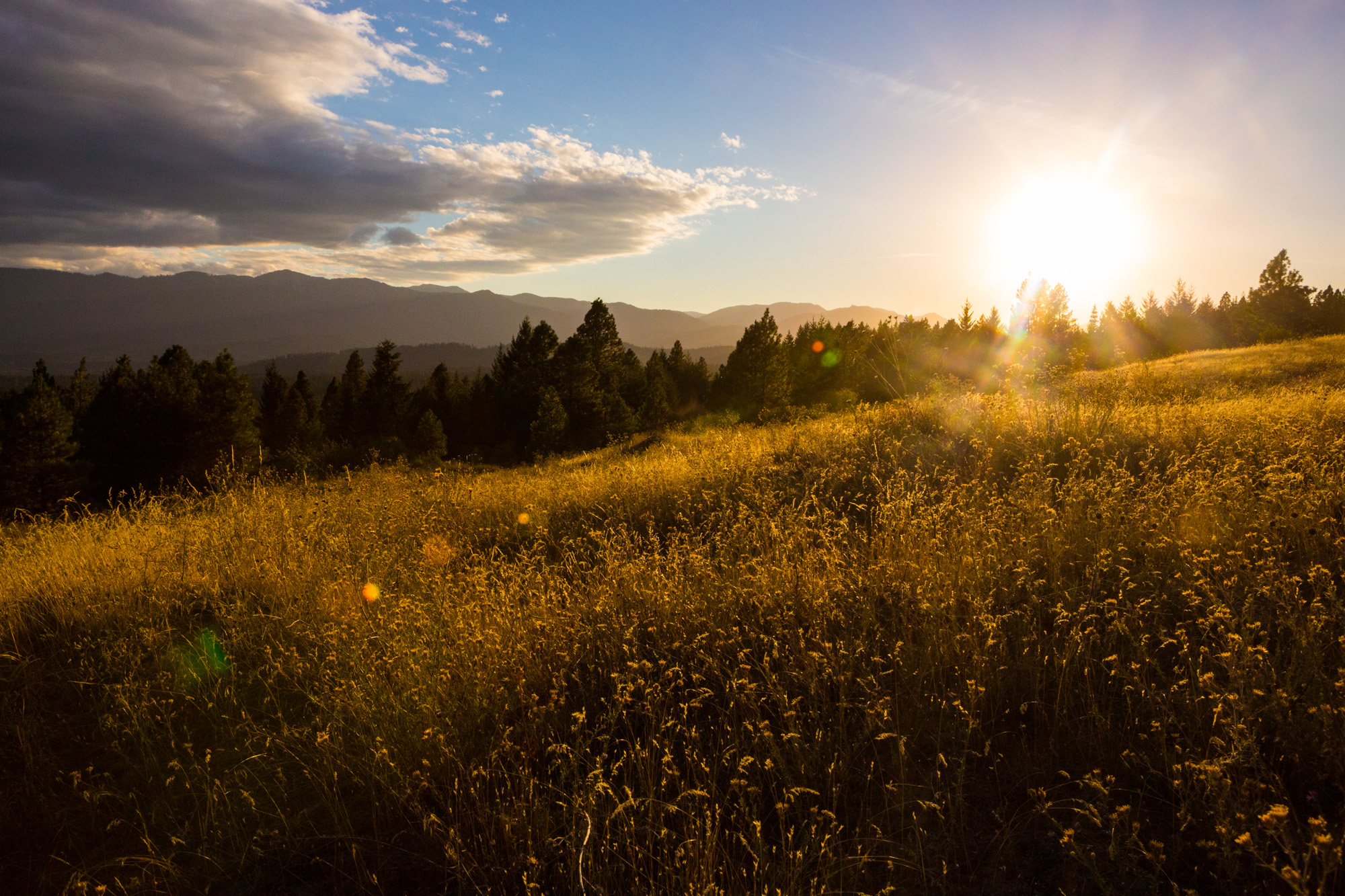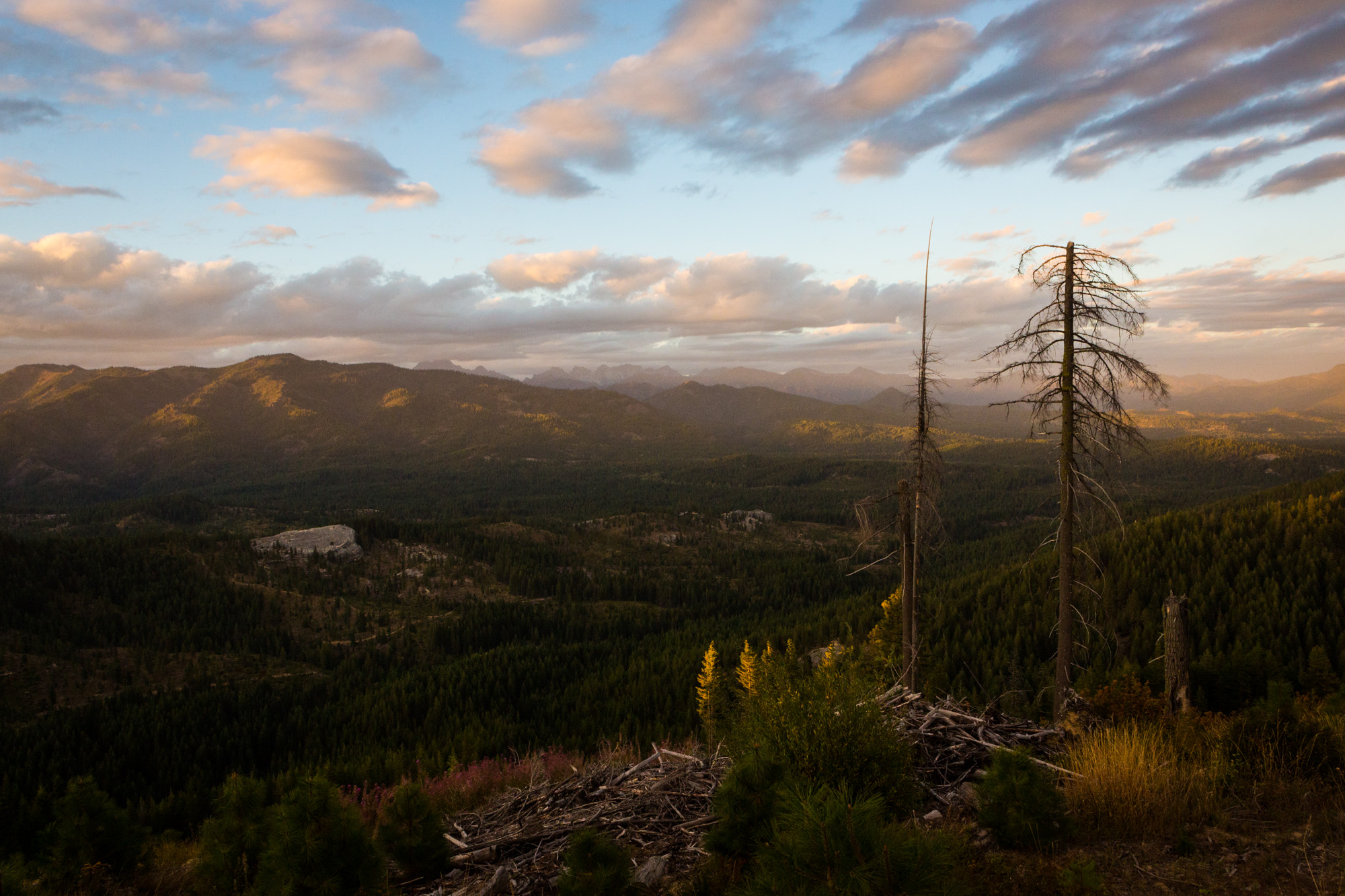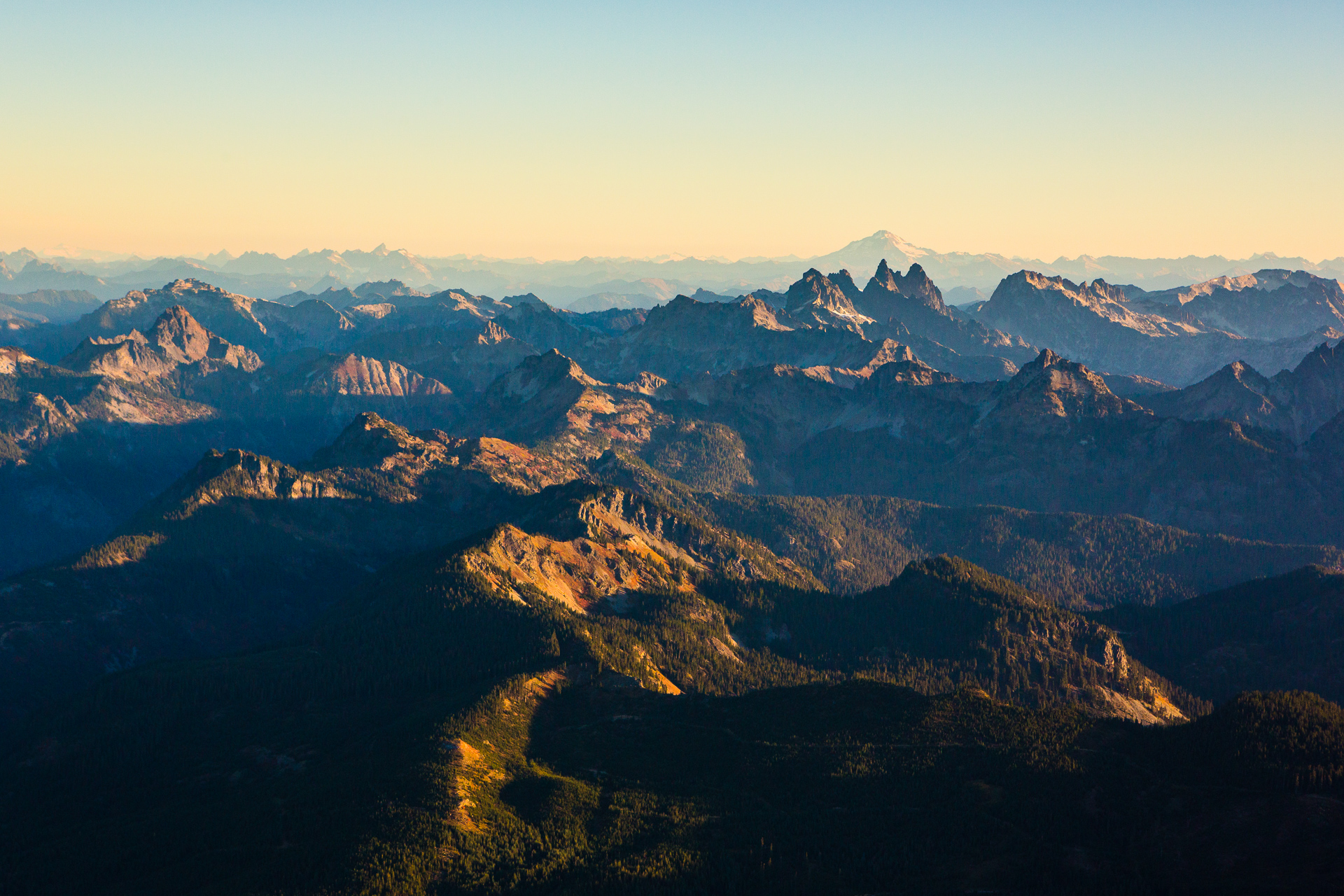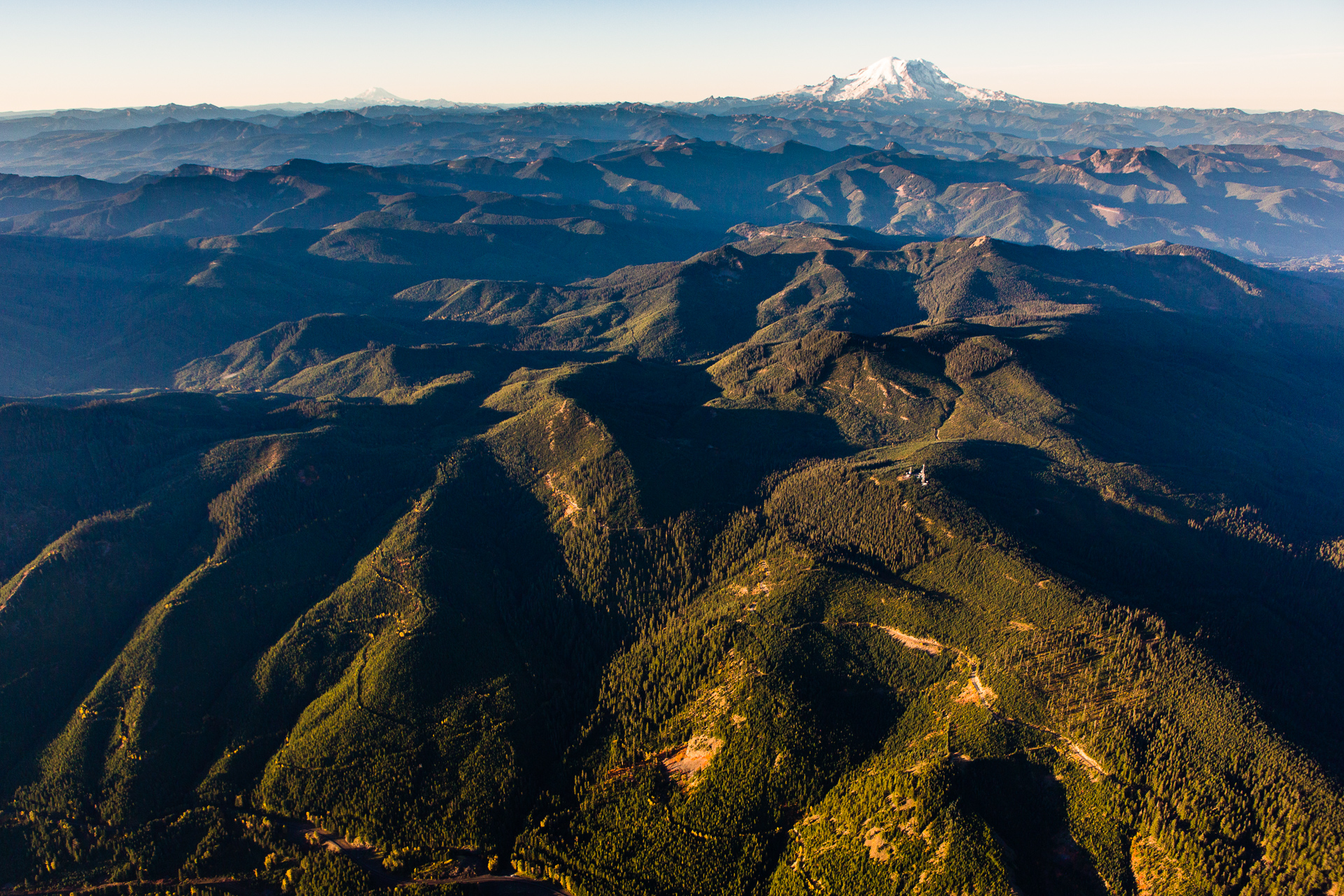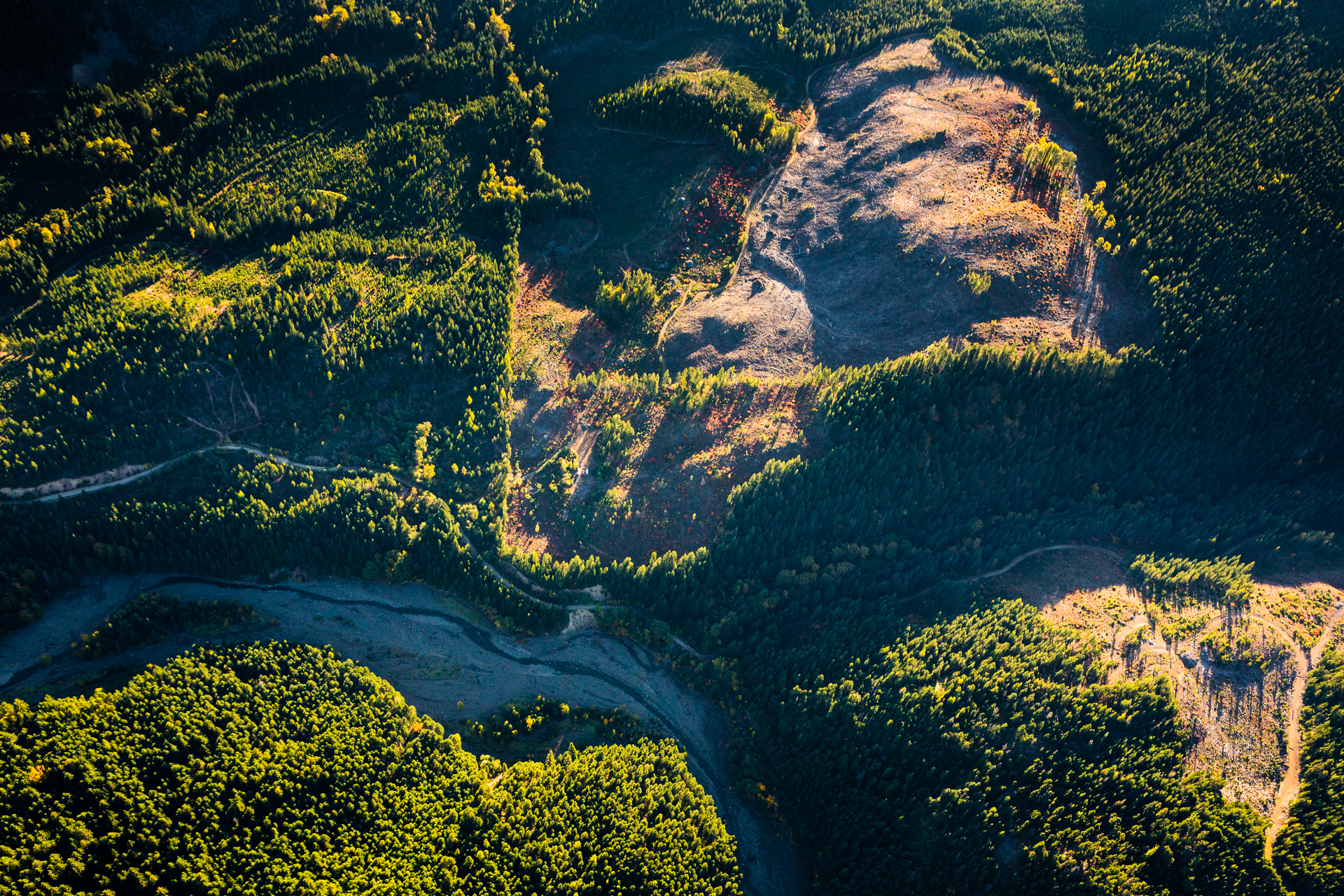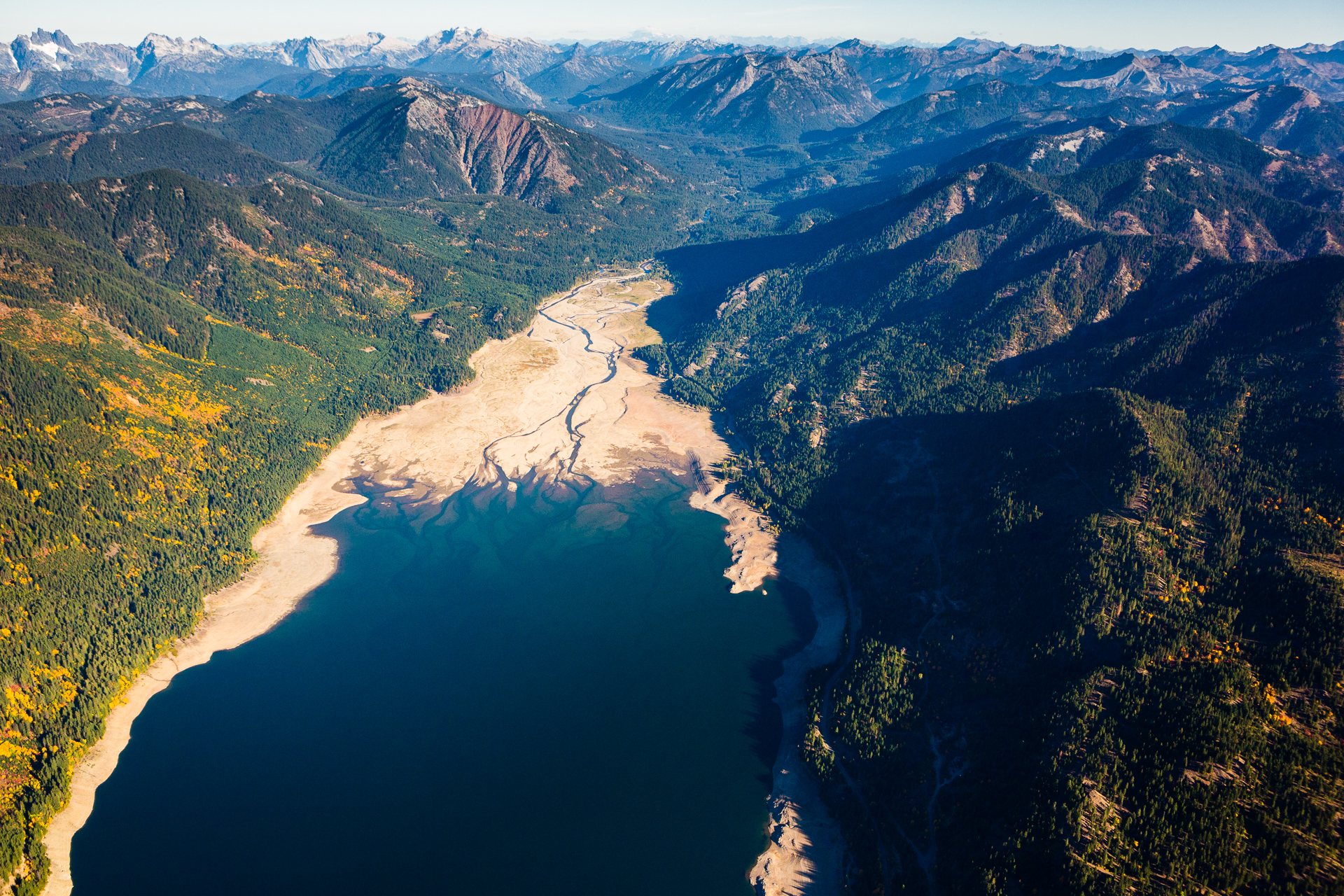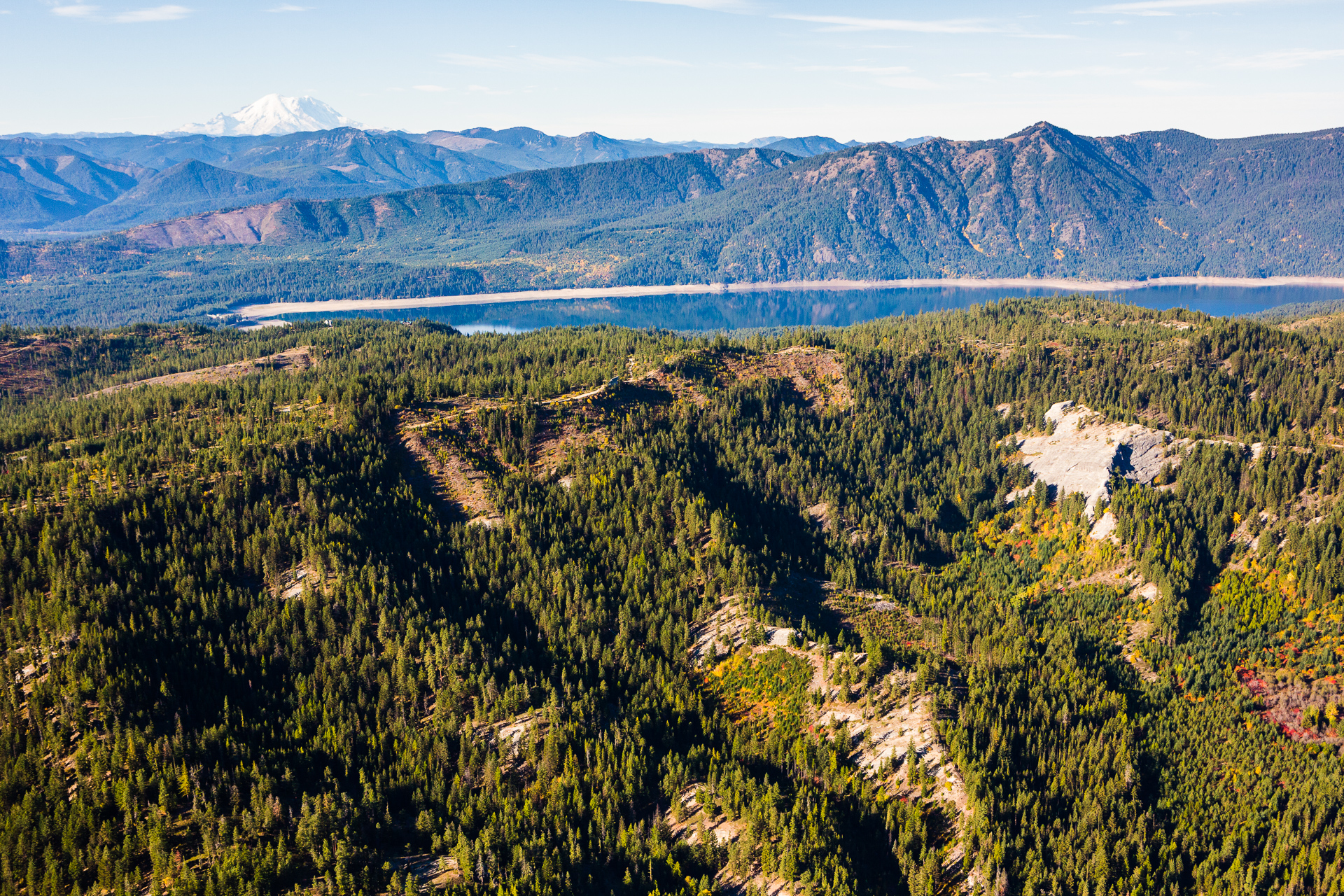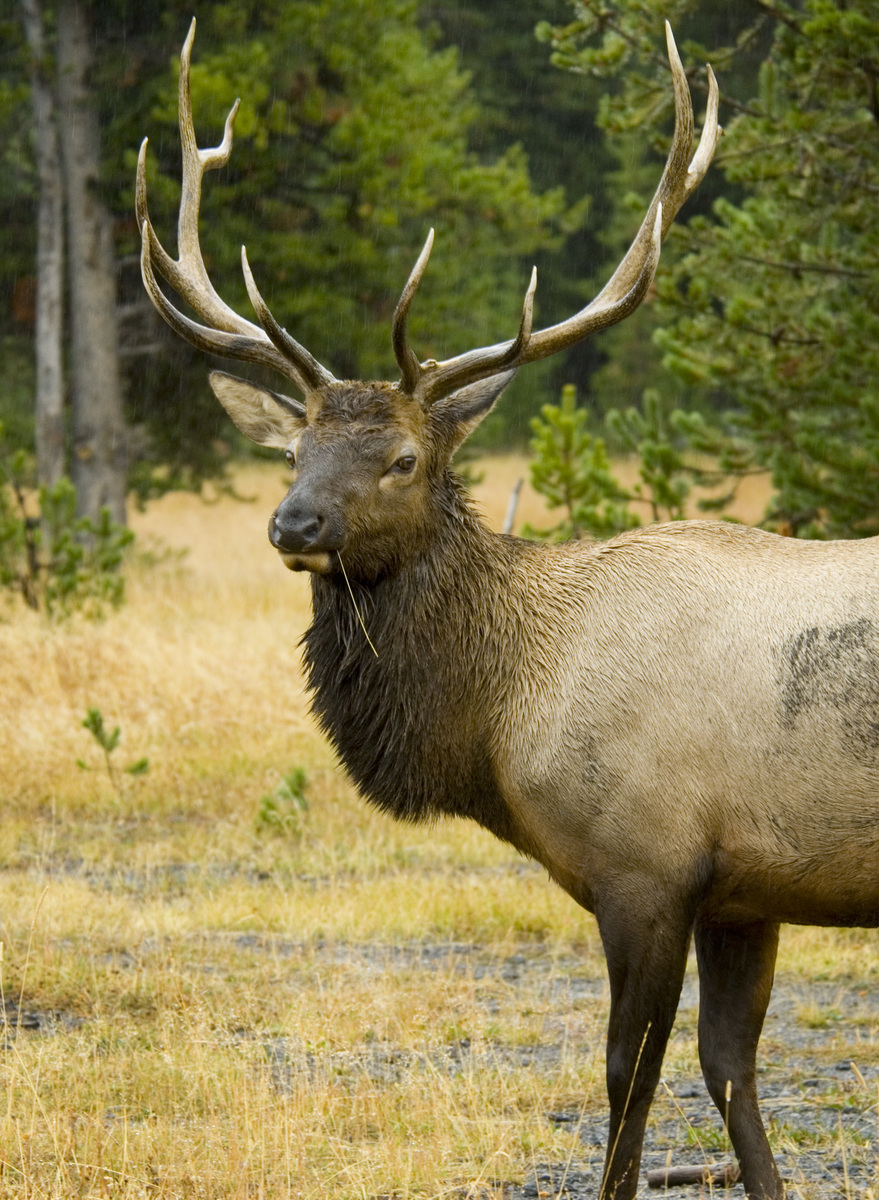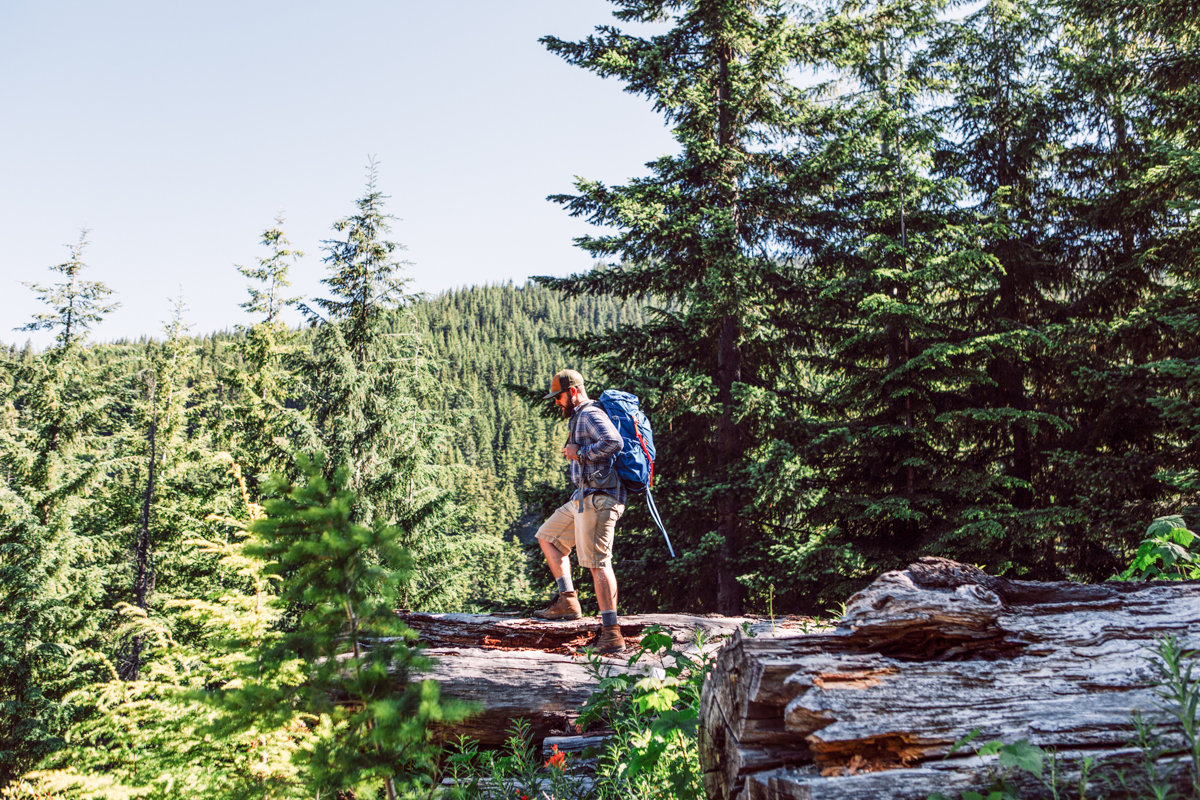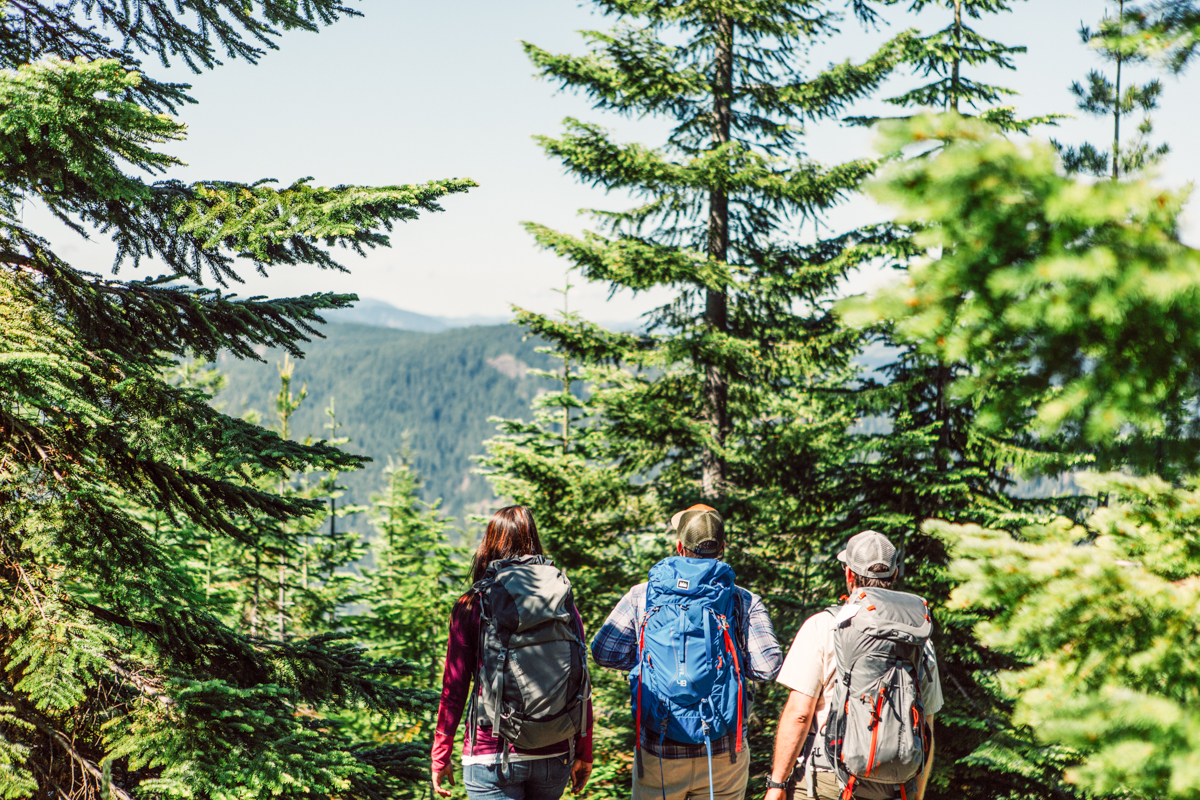Vision
We envision an expansive forest landscape for the future that is healthy and resilient to environmental changes, supports strong wildlife and fish populations, produces a sustainable supply of wood and clean water, and is recognized for its contribution to community vitality. The forest ecosystem should clearly be seen for its conservation significance and the value it brings to local communities through access to recreation, clean water, safety from catastrophic fire, and jobs.
Conservation Goals
Containing a significant portion of the Yakima River headwaters and connecting large, intact wilderness areas to the north and south, the Central Cascades Forest knits together an enormous landscape of tremendous conservation value. However, wildfire suppression, intensive timber harvesting, mining and grazing throughout the 20th century have led to dramatic changes in these forests, contributing to increases in wildfire and insect and disease mortality, and amplifying risks to local communities, their water supply, timber production, wildlife habitat, and recreational opportunity. Our efforts to restore long-term forest health in an environmentally safe and economically sound manner will include selective harvest and thinning, tree-planting, brush control, and stream habitat improvement, all guided by the best available science and implemented in collaboration with tribal, public agency, and community partners.
For a more detailed look at our conservation goals, click here.
Forestry Plan Goals
The Nature Conservancy’s goal is to restore the forests of the Central Cascades to be more resilient to fire, disease and a changing climate.
Active management will be used to develop a healthy and more resilient ecosystem that contains larger trees, more complex and variable habitats, and productive streams flowing with clean water. Active management is expected to include thinning in dense forest stands, logging to create openings and diverse forest structure, prescribed fire and management of forest fuels, planting to build forest diversity, repair of damaging roads and trails, and restoration of stream habitat complexity.
For a more detailed look at our FORESTRY goals, click here.
Recreational Access
The Central Cascades Forest is a haven for year-round recreation. With nearly 49,000 acres of land in six different geographic regions and 124 miles of designated summer and winter trails, there is ample opportunity for a diverse array of non-motorized and motorized activities. Recreation on Conservancy-managed land includes, but is not limited to, hiking, bird watching, horseback riding, off-road vehicle riding, mountain biking, skiing, snowmobiling, snowshoeing, dog sledding, and other activities such as hunting, fishing, subsistence gathering, nature and wildlife viewing, and spiritual ceremonies.
There is no fee for recreational access. Hazards exist, however, so recreationists must use caution and enter at their own risk. In particular, the Central Cascades Forest is a working forest with ongoing logging and land management activities that may pose a danger to recreational users. Recreationists must pack out all garbage and follow Leave No Trace practices across the landscape to protect natural resources, fish, and wildlife.
For more detail on recreational access, click here.
Maps and tables showing authorized summer and winter trails are available here.
Get Involved
Learn more about the Central Cascades
Join other talented volunteers for these lands
If you are interested in learning more about these lands or wish to volunteer, please use the form below!



